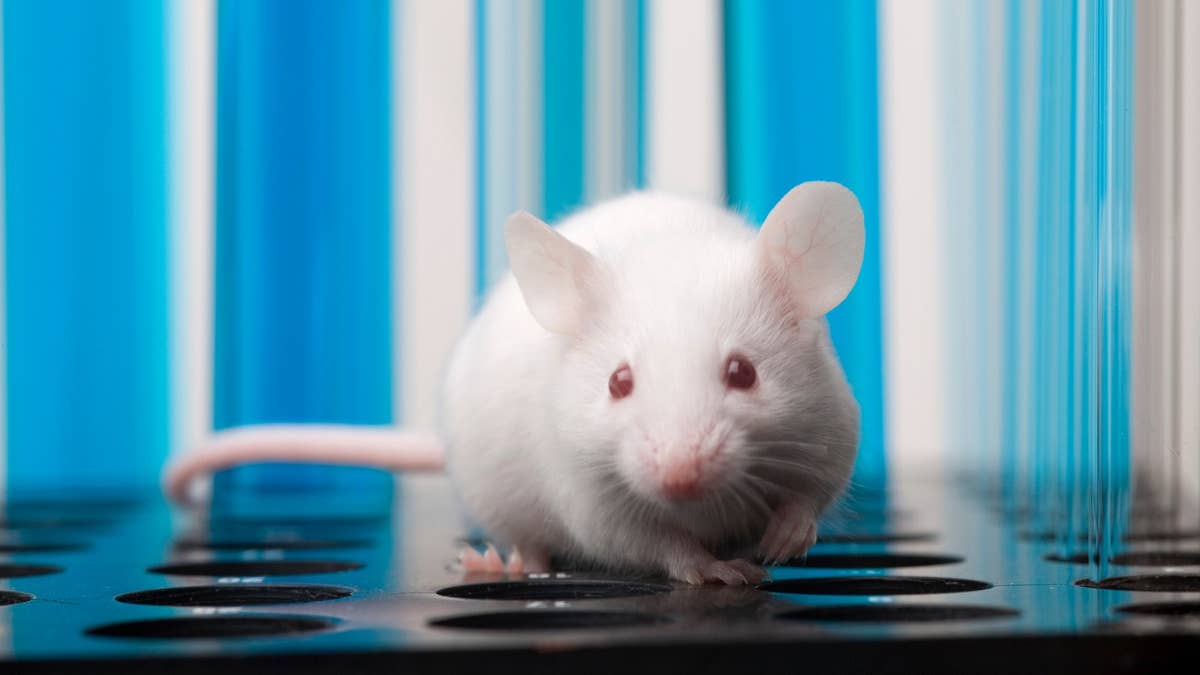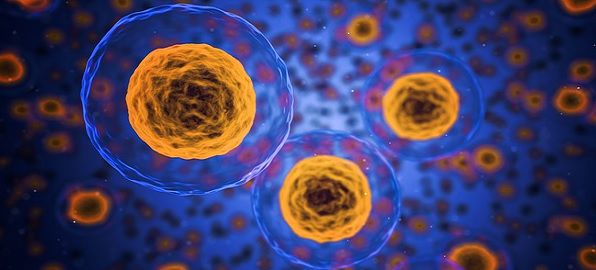Mouse Model Changes Study of Immune Response in Celiac Disease
By Van Waffle
The first mice with characteristics of celiac disease have been developed at the University of Chicago Celiac Disease Center. For the first time researchers can observe celiac disease onset as the mouse’s immune system launches a coordinated attack against gluten.
In human studies it is only possible to use blood or small tissue samples biopsied from the gut. Such research has found various attack cells and particles that become active in celiac disease, but cannot reveal how they coordinate their actions. Killer cells are recognized and even the chemical signals they use to communicate, but not the sequence of events that breaks tolerance to gluten and causes them to destroy the gut lining.
“It’s great to work with human samples and it’s critical, but it’s very limiting because you cannot appreciate the interactions that are taking place between two cells in a timely manner. For fundamental research and to gain better understanding of the pathogenicity, the mouse model is key because we can monitor in time how the immune response to gluten develops,” says Valerie Abadie, PhD, Research Assistant Professor at the University of Chicago Department of Medicine, Section of Gastroenterology.
Mice have previously helped scientists study gluten sensitivity. However, they did not bear the hallmarks of celiac disease. They had to be in an immuno-compromised state distinct from celiac people who have active, sensitive immune systems. The mice had to be fed an adjuvant: a catalyst acting alongside gluten to provoke a reaction. Such studies overlooked how the celiac immune system responds to an initial stressor and begins behaving abnormally.
"It's great to work with human samples and it's critical, but it's very limiting because you cannot appreciate the interactions that are taking place between two cells in a timely manner. For fundamental research and to gain better understanding of the pathogenicity, the mouse model is key because we can monitor in time how the immune response to gluten develops."
In contrast, the new mouse model has the same genetic markers for celiac disease as human patients. When fed a gluten-containing diet, within a few weeks the mouse’s immune system begins producing the same kinds of attack cells and chemical signals. Inflammation develops leading to damage of the gut lining.
These celiac disease characteristics were required to be able to study the disease properly in mice, says Bana Jabri, a mucosal immunologist and Professor of Medicine, University of Chicago Celiac Disease Center, whose lab developed the mice. The new model was described recently in Nature.
From studies in people with celiac disease it is known that their gut lining produces abnormally large amounts of a stress signal protein, interleukin-15 (IL-15), in response to gluten. It activates both the body’s first line of defense against an unwanted intruder and the second-line, more targeted response called adaptive immunity. The latter produces antibodies specific to celiac disease, anti-tissue transglutaminase (anti-tTG), which destroys the gut lining.
However, human studies have not yet discovered what initial stressor provokes the gut lining to overproduce IL-15, Jabri says. It might be due to genetics, microbes in the gut or some other factor acting in the intestine. She adds, “This is something that we would really like to study.”
Abadie was a member of Jabri’s team that developed the mouse model. Abadie’s research continues with funds from the Young Investigator Award provided by the Celiac Disease Foundation.
Her next study focuses on the role of B cells, a kind of white blood cell. B cells are required to capture an offending particle like gluten, disassemble it and present its parts to T cells so they can learn how to make anti-tTG. Once primed to do so, T cells activate an immune response whenever a celiac patient ingests gluten.
While the role of T cells is well-known, the participation of B cells is critical, according to Ludvig Sollid, PhD, MD, Professor of the Faculty of Medicine, University of Oslo, Norway, speaking at the Celiac Disease Foundation-sponsored Columbia University Biennial Symposium in New York in March. Sollid said the B cells “must have unusual metabolism” to perform this function.
There’s little evidence for how and when B cells interact with T cells in celiac disease. Abadie’s research seeks to identify the cross-talk. With this knowledge, researchers could then explore how to suppress the immune process that produces anti-tTG.
“We cannot yet treat a patient with a B cell depletion therapy if we don’t know where B cells are acting, and what they do and when,” Abadie says. “Do B cells play a role always, even if we have a recall response [to later gluten exposure]? We don’t know.”
She cautions that it will take time to find a treatment: “COVID is actually a very good example for that. We need to test things before implementing treatment like vaccination. It doesn’t happen in a month. It’s got to happen in 18 months.”
Jabri and Abadie emphasize the importance of integrating studies in humans and mice. Without studying humans it is impossible to know the characteristics of the disease. The new mouse model allows scientists to investigate the immune response more closely than ever before.
Source: Abadie, V., Kim, S.M., Lejeune, T. et al. IL-15, gluten and HLA-DQ8 drive tissue destruction in coeliac disease. Nature 578, 600–604 (2020). https://doi.org/10.1038/s41586-020-2003-8

